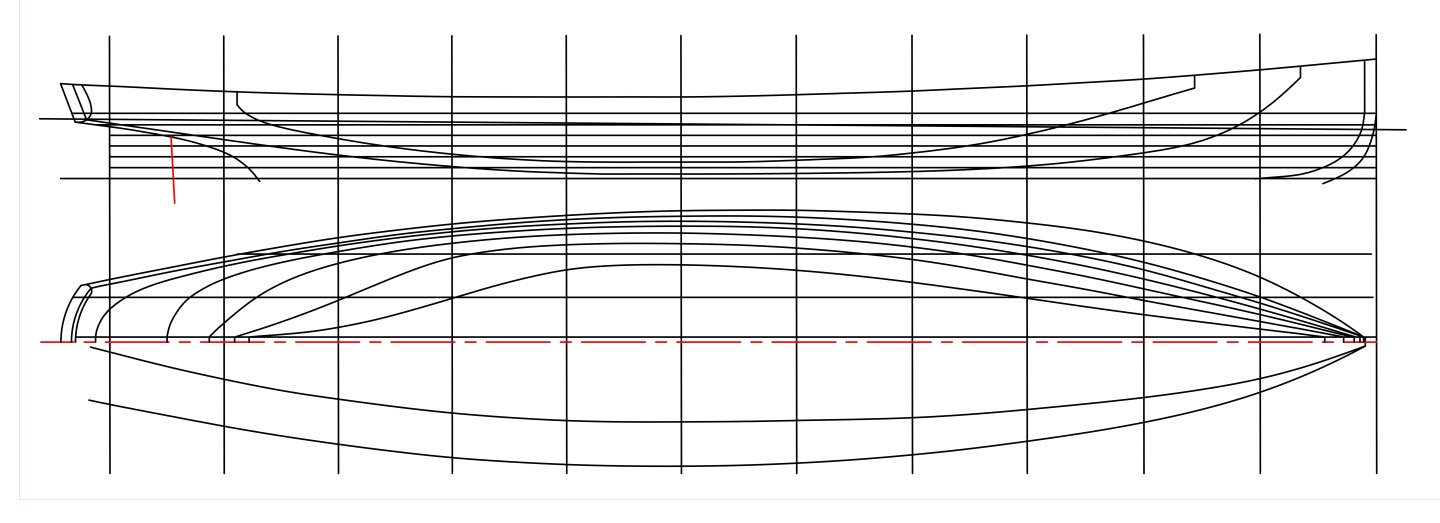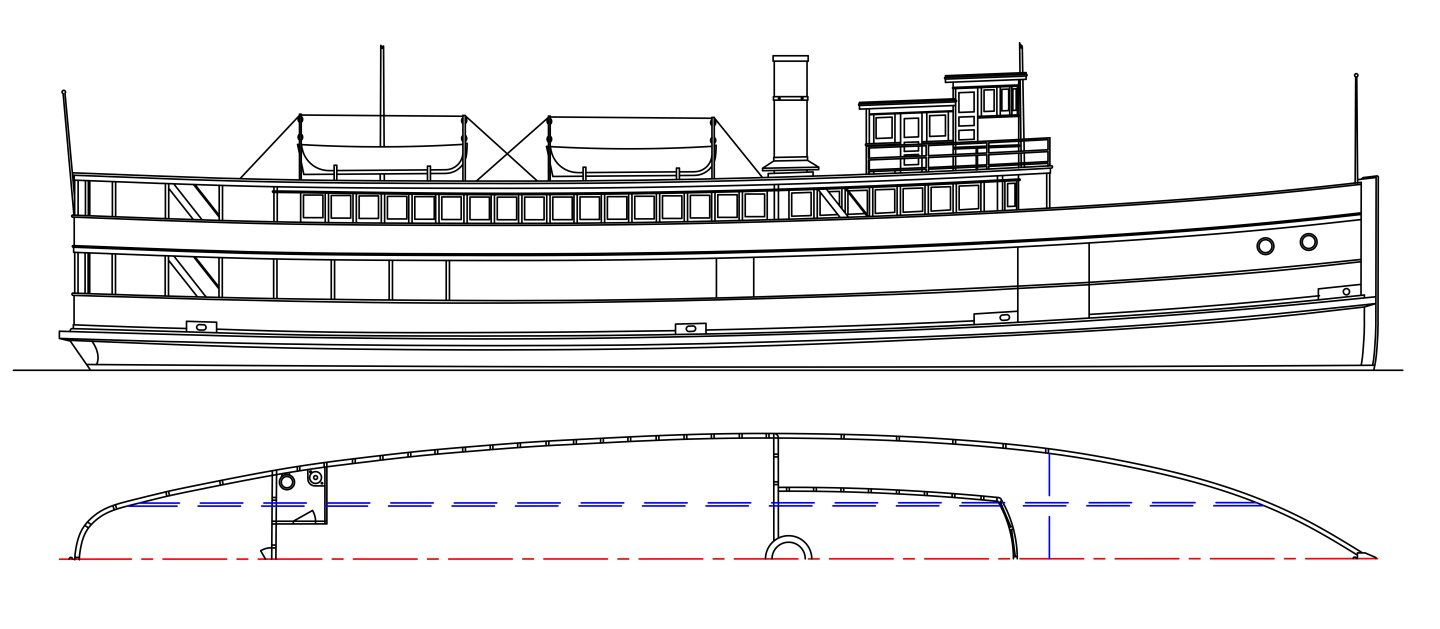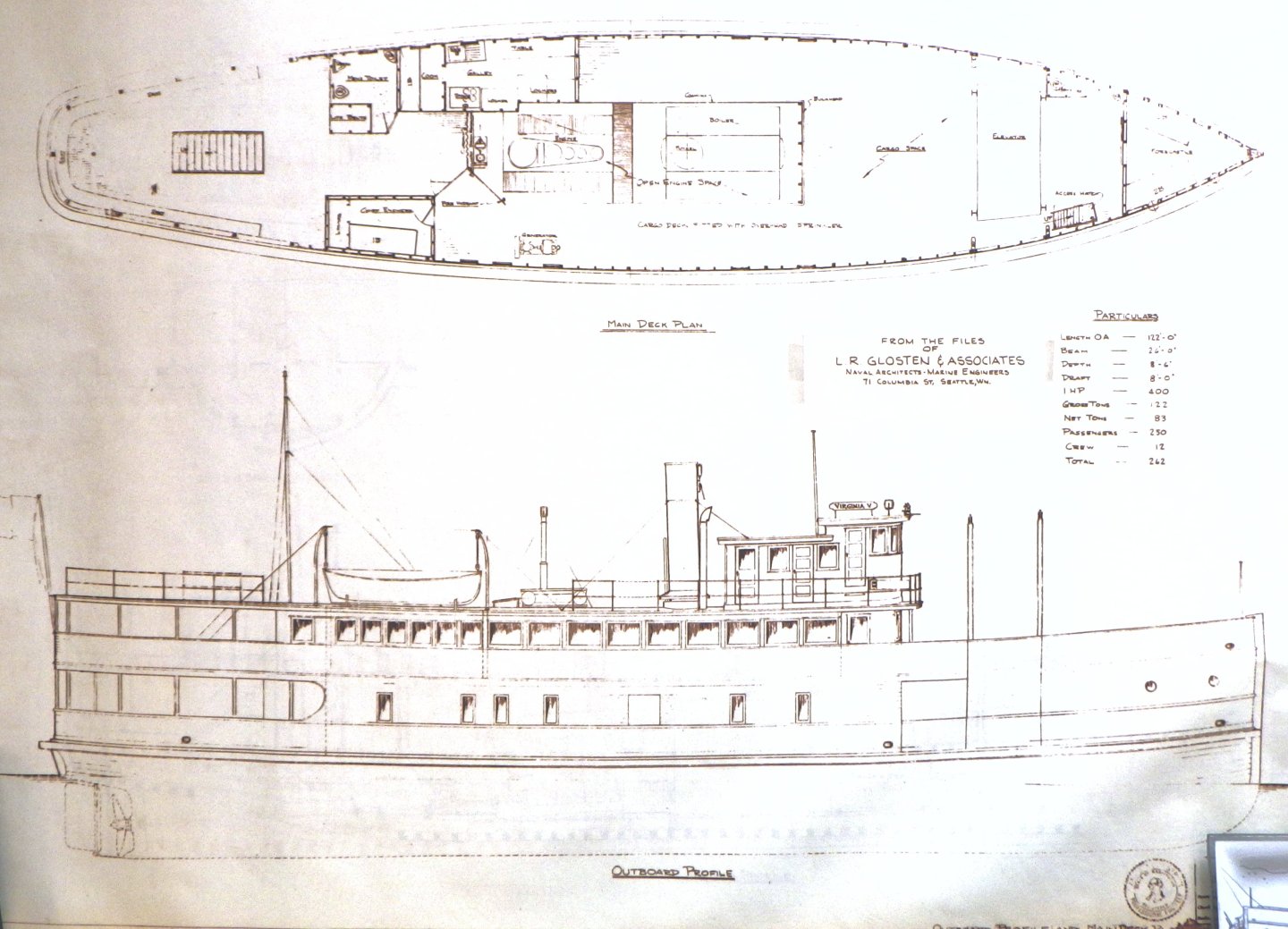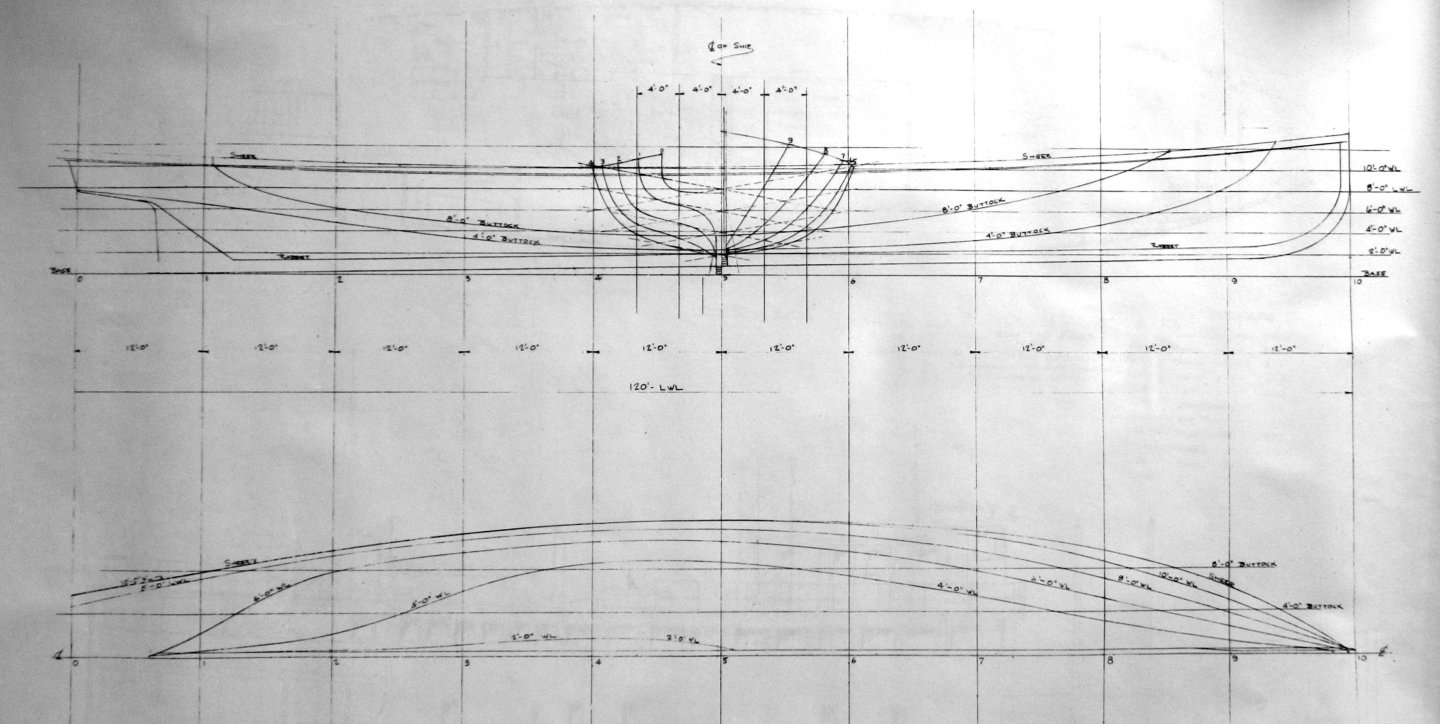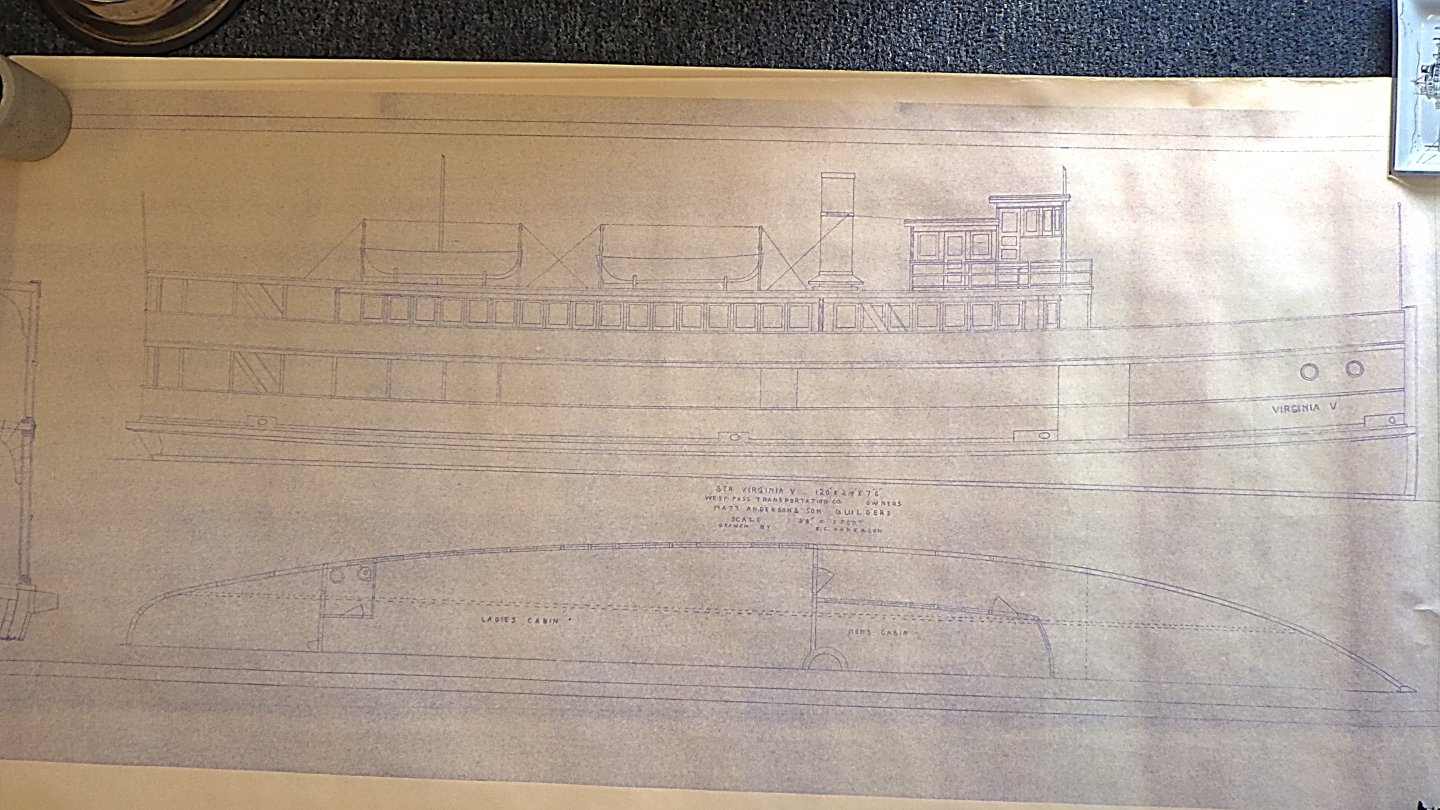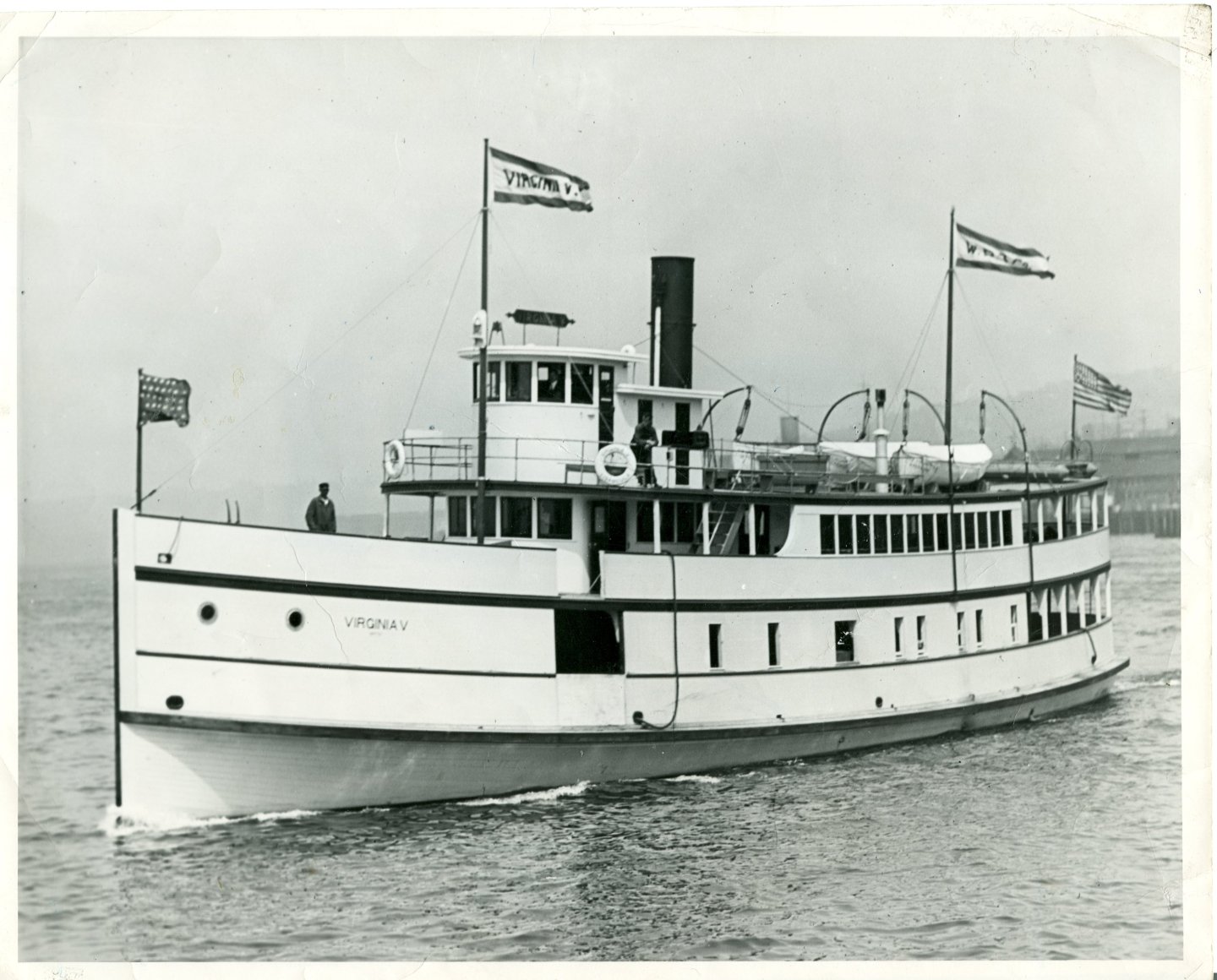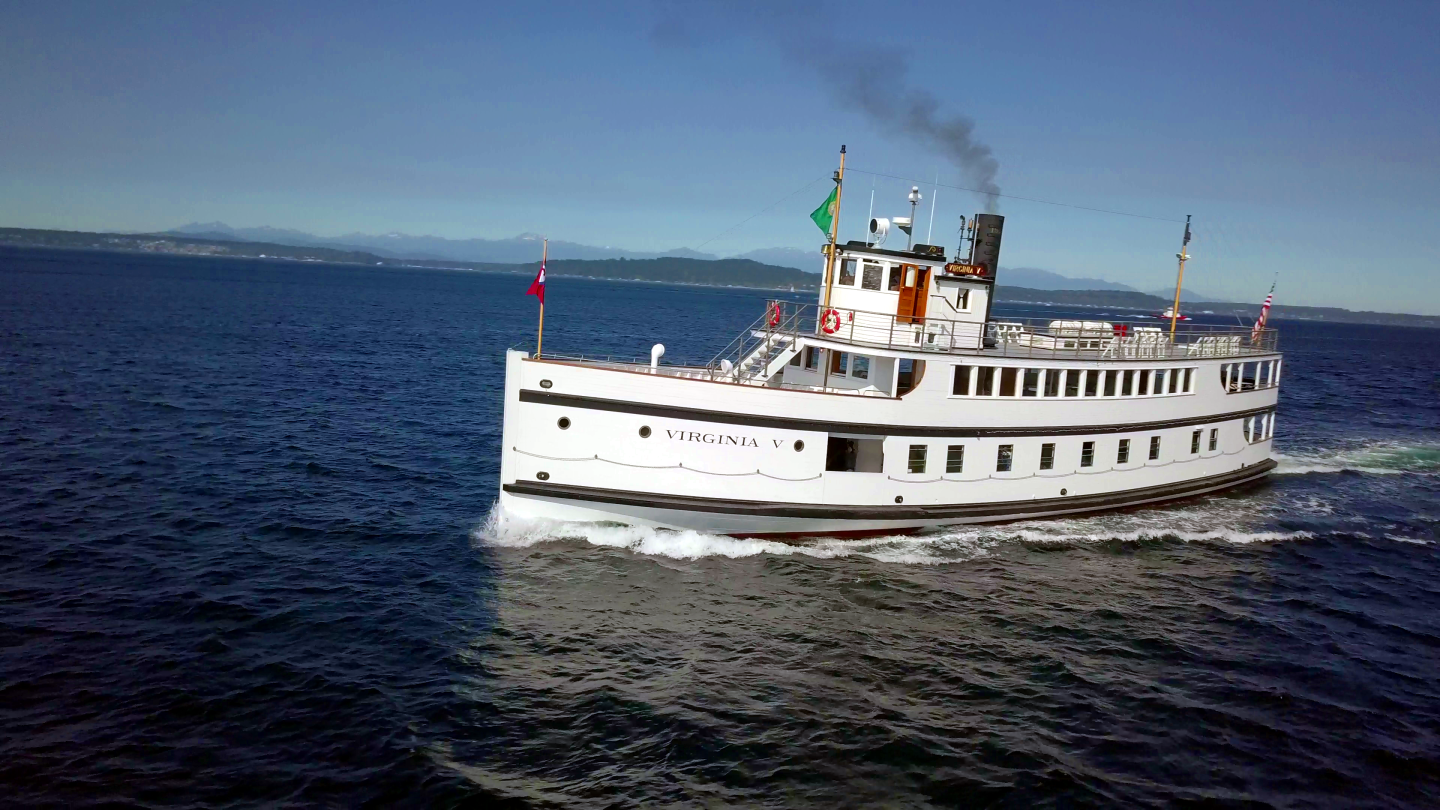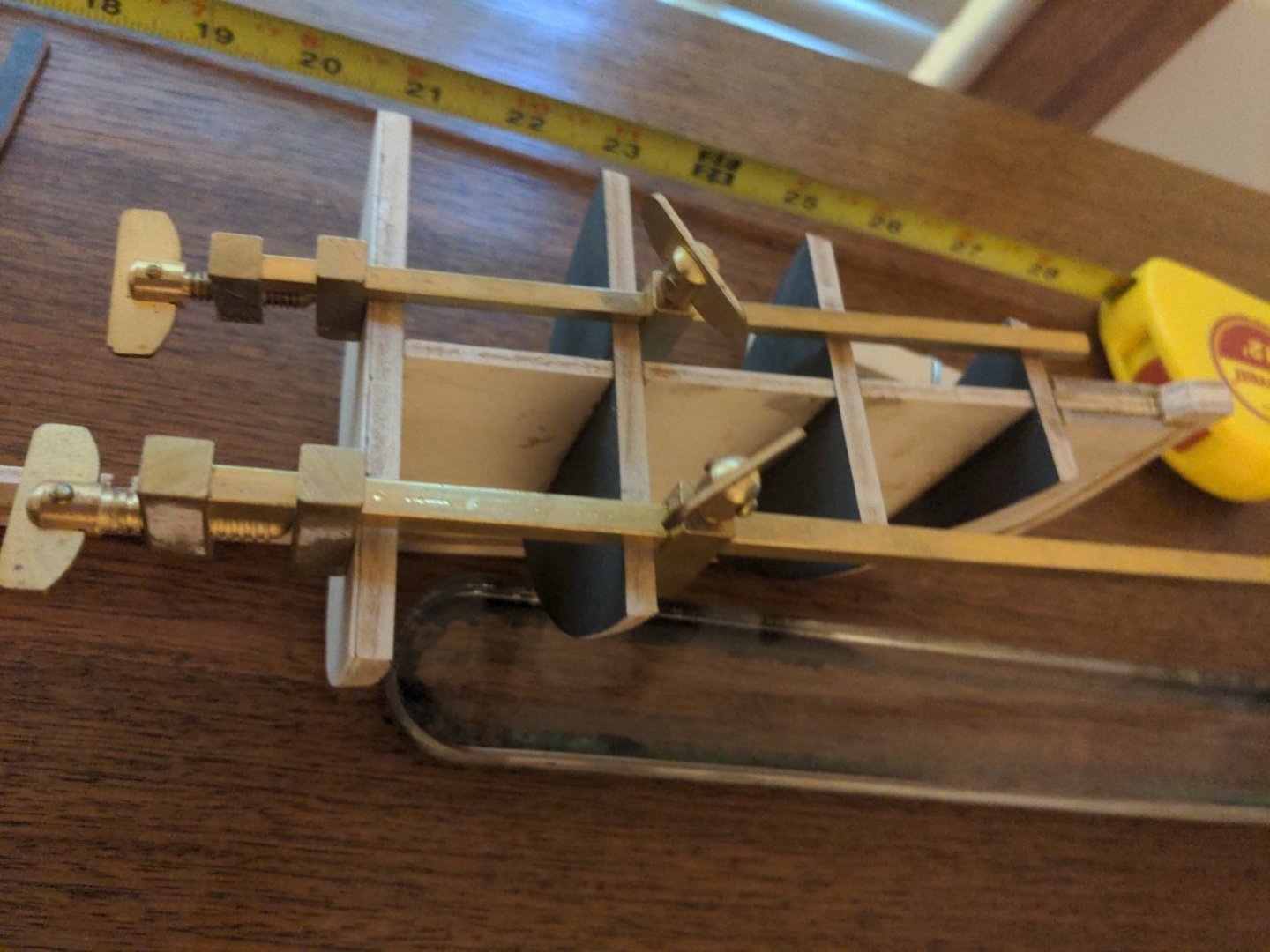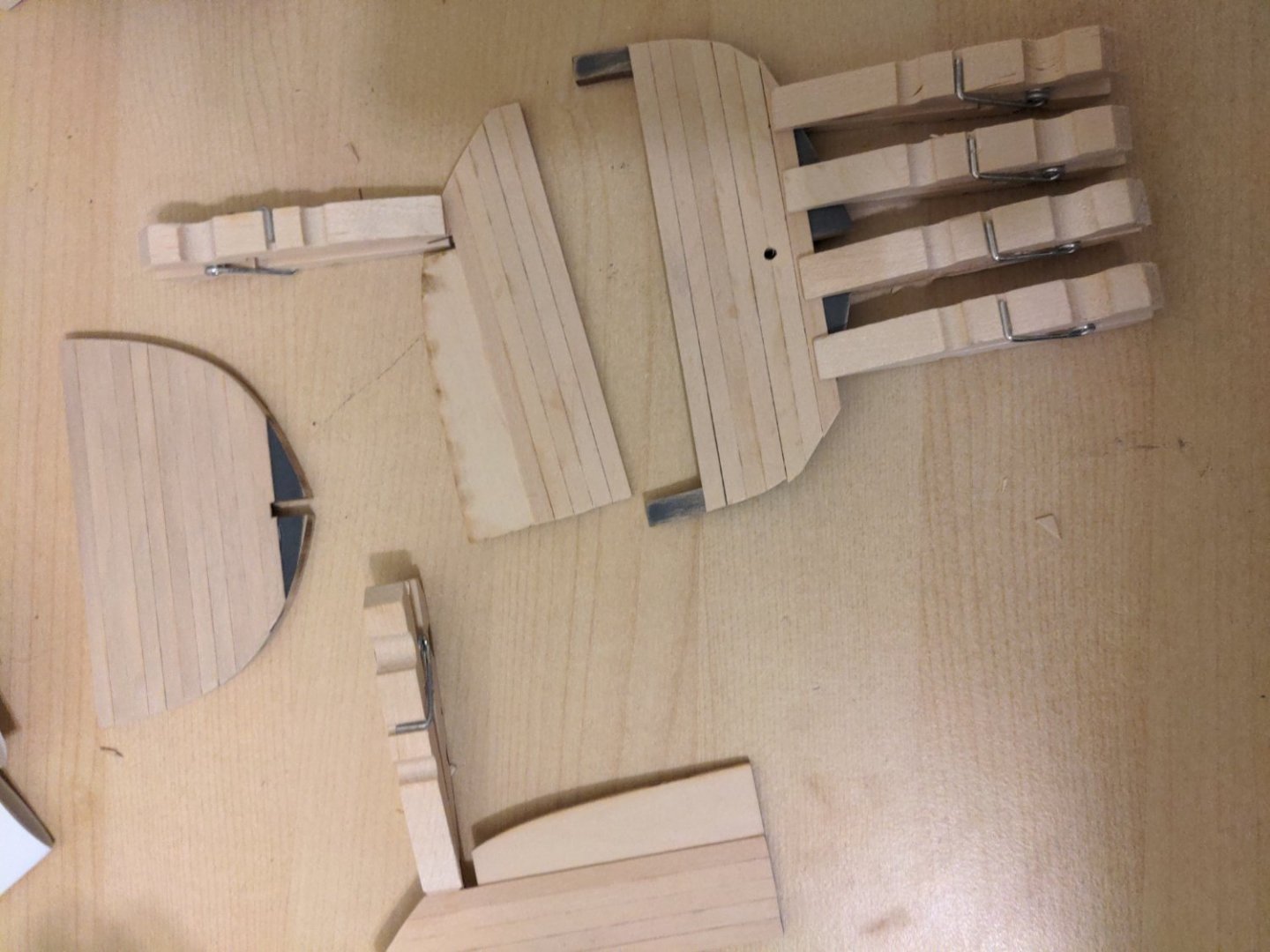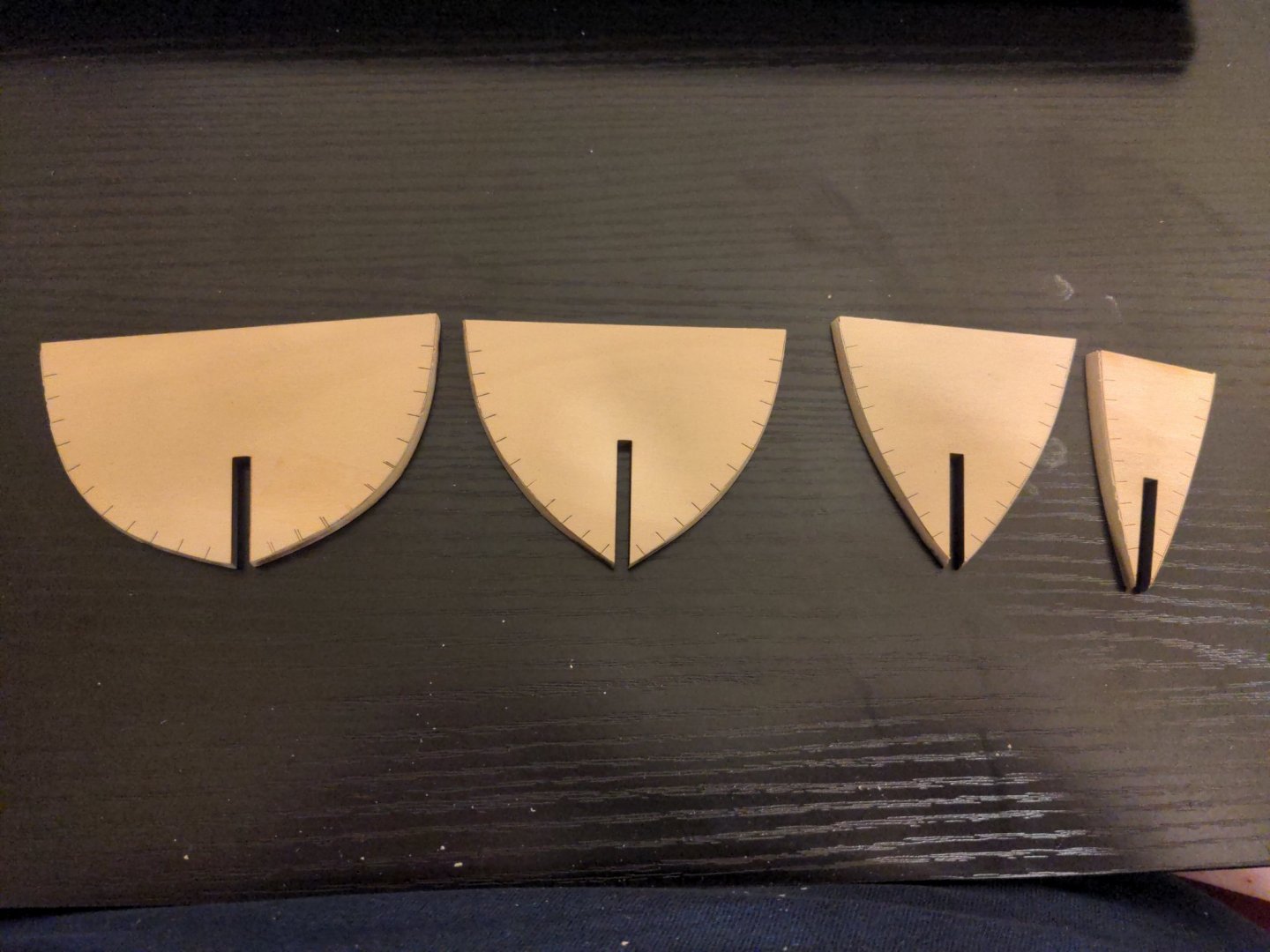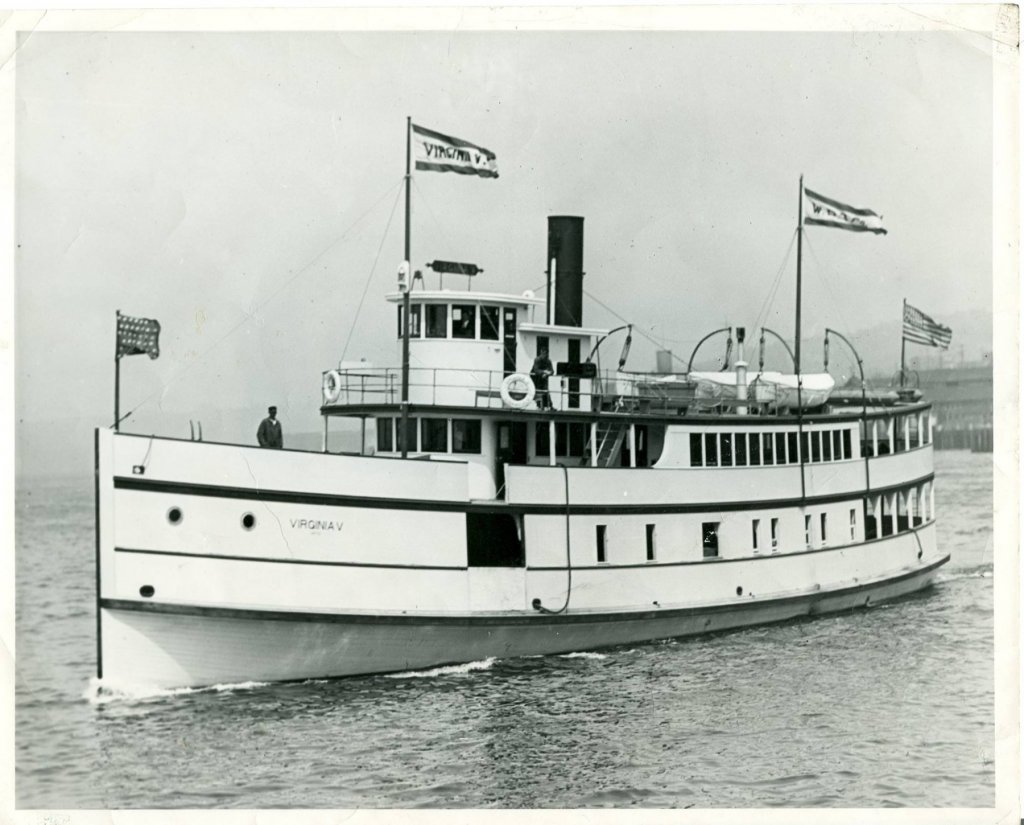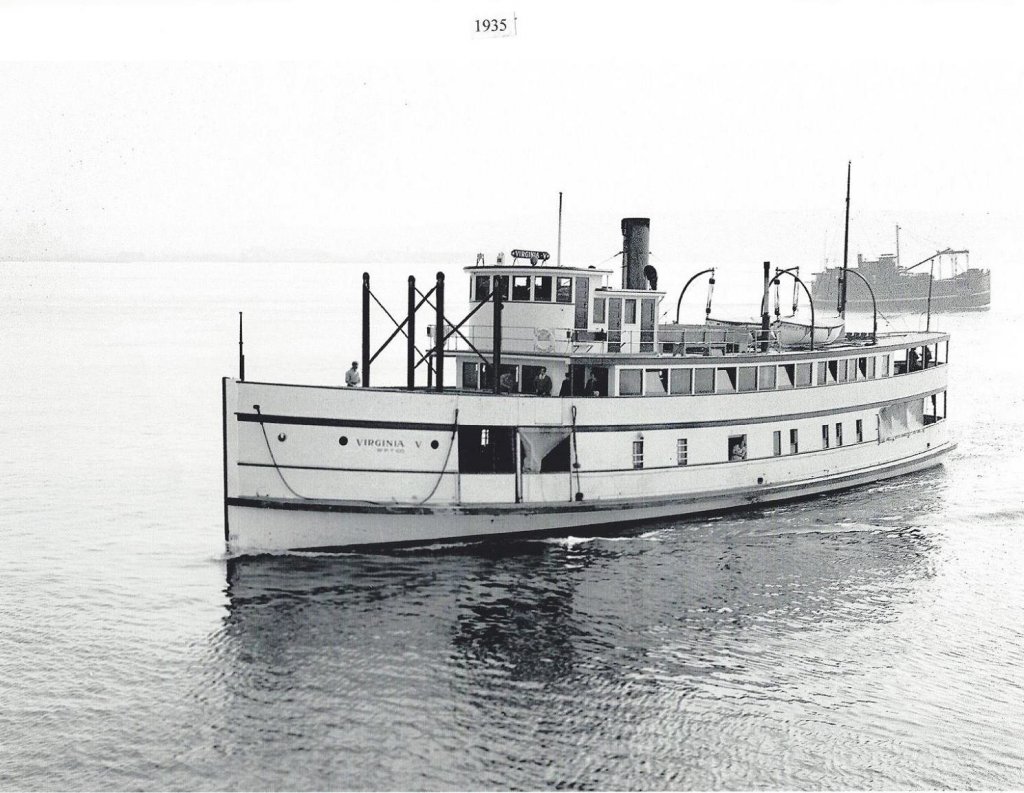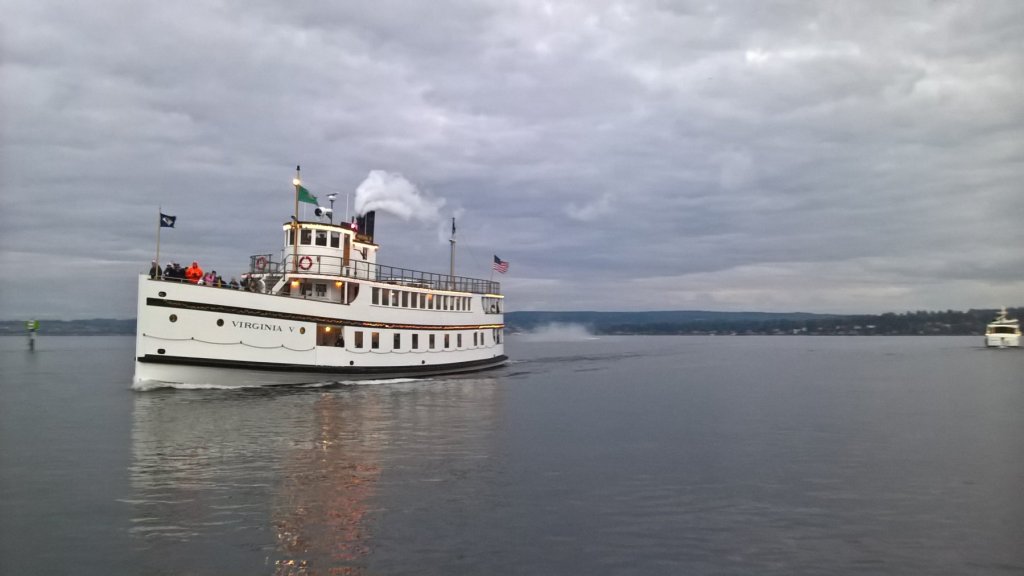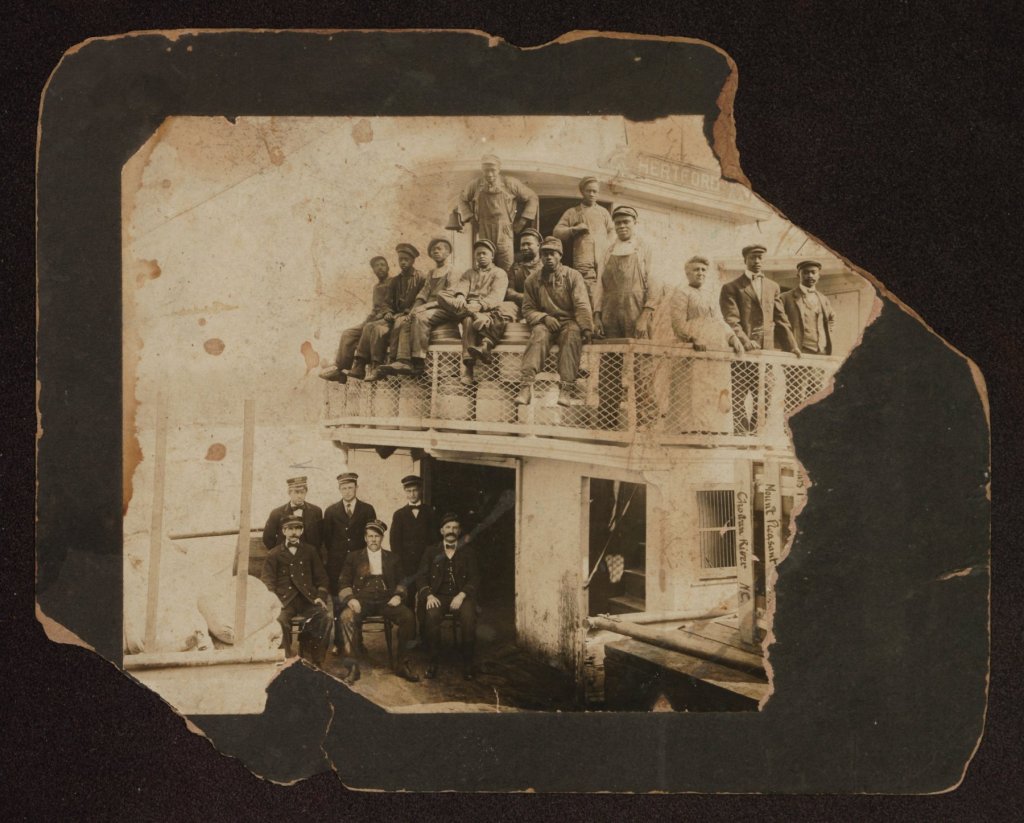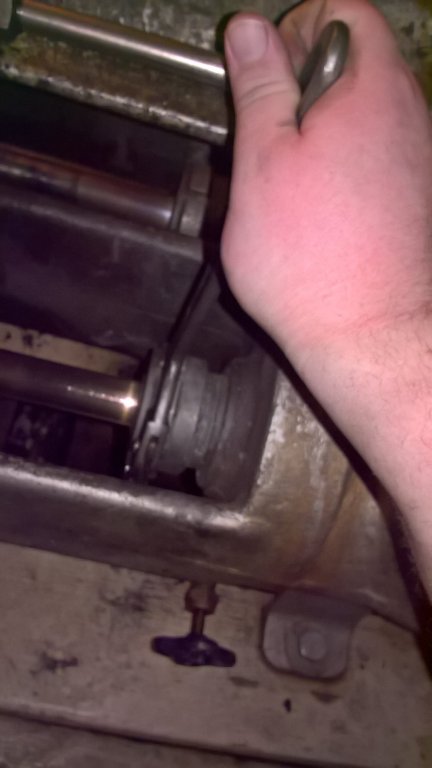
mdulaney
Members-
Posts
30 -
Joined
-
Last visited
Content Type
Profiles
Forums
Gallery
Events
Everything posted by mdulaney
-
I showed this thread to Ed Brown, Senior Docent of the Virginia V Foundation, and they offered this writeup: Zephyr was built in 1871 for Captain Tom Wright. 100 foot, and made two trips a week from Seattle to Mukilteo, Tulalip, and Snohomish. She ran on the off days against the steamer Chehalis, and arrived in Seattle just after the steamer North Pacific came in so that passengers could make connections. 1873 Merchants Transportation Company is formed, with Zephyr becoming one of their ships. Her route is moved to Seattle-Tacoma- Steilacoom- Olympia, with trips to Snohomish once a week. In 1876, new river steamers appear on the Snohomish (Nellie and Fanny Lake), so the Zephyr is placed on Seattle-Olympia service full time. Two round trips a week. Flag stops could be made on Vashon. Settlers would raise a flag on shore, Zephyr (or the steamer Messenger) would then stop and the passenger would be rowed out to the boat. Zephyr was known to be fast (for her time), beating the famous sidewheeler Eliza Anderson in a race, as well as the propellor steamer Blakely. In 1881, schedules show that the Zephyr was leaving Seattle Monday, Wednesdays, and Fridays at 7am (with the Messenger running on alternate days) This account from “Pacific Steamboats” by Gordon Newell: When the Zephyr was running to Olympia, she carried a lot of Politicians (as Olympia was the territorial capitol, and is now the state Capitol). At that time, she was known as the Wawa boat (Wawa meaning ‘Talk’ in Chinook Jargon). “Any politician worth his salt could be heard a quarter of a mile against the wind” For a while, Zephyr left the passenger trade and was outfitted with giant water tanks. With these, she would go to the tallships at anchor in harbor to refill their fresh water. After that, she became a towboat for the Tacoma Lumber Mill company. In Shelton one evening, while tied to the dock, a new deckhand fresh from the logging camps was told to fill the tanks. The deckhand placed the hose into the massive water supply tanks, turned the water on, and left for the bar. Several hours later, the crew returned to find the Zephyr at the bottom of the harbor, the hose still pumping. Zephyr was raised after that, to continue towing logs, but was sold in 1907 to a scrapper. She was burned on the beach in Ballard. Deliberate burning was the most common method of disposing of wooden Mosquito Fleet steamers. Once the fire was out, the ashes would be sifted through for metal for recycling. Most early Mosquito Fleet steamers (pre-1900) were wood burners, since wood was plentiful and very cheap. Many farmers made an extra buck by chopping cordwood and leaving it out on docks for steamers to collect. Though not as energy efficient as coal, cordwood was everywhere and very inexpensive. The steamship Flyer was known to burn 24 cords a day, with a firebox large enough for 2 cords at once. She was converted to oil burning in 1906. About 1905, oil-burning boilers started to become available, and nearly all steamers made the switch. While there were coal burners on Puget Sound, they were never the majority. Sources: Roland Cary ('Isle of the Sea Breezers' 'Steamboat Landing on Elliot Bay' 'The sound and the Mountain') Gordon Newell, 'Pacific Steamboats' Wilbur Thompson & Allen Beach, 'Steamer to Tacoma'
-
fun fact: i used to be one of the editors for the dreadnought project.
- 132 replies
-
- charles martel
- battleship
-
(and 1 more)
Tagged with:
-
Well, it's been a bit since I've updated this; when first I started this thread we were getting into cruising season and then when that wound down I spent much of last winter otherwise occupied. I intend to make up for time this off season. To that end, I have started by redrafting the existing plans in cad. I have also been going through my photos I've taken of the ship during haul-outs over the years and started organizing them for references. If you want to see the hull in detail, there is a series of videos that Ed, our head docent, did during our last haulout. An example can be found here.
-
Right now, I'm waiting for all the existing drawings to be professionally scanned. Note that the following drawings were laid out on the floor and photographed with a cell phone, and as such will not be used for anything besides initial planning. This first drawing comes from a set drawn by the builder's son in October 1921. As a primary source, it is obviously valuable, but there are differences between these plans and what was actually constructed. For example, there was only one pair of boats on the boat deck (as can be clearly seen in the maiden voyage photograph). One of the other drawings contains features that, while present aft, did not run the length of the ship. However, I will use these drawings to get dimensions for windows, the wheel house, etc. There are also no known photographs of the starboard side prior to 1934, so this is the only data I have for window configuration on this side. Lines, as drawn 1934 by a professional marine architect. I will be referencing these as well as measurements taken off the ship when I draft my own drawings. The final drawing I'll be posting this evening. This demonstrates the changes made to the ship after the 1934 rebuild.
-
This is a build log for the last operating wood passenger steamer in the US, the Virginia V. There has not been a truly accurate model of this ship built that I am aware of. I know of two scratchbuilt models, and oddly one commercially produced (in China) one. Of the two scratchbuilt models, one is significantly better than the other, but still contains anachronisms and inaccuracies. I do have a few advantages over most scratch builders in that I have full run of both the ship as well as the Virginia V Foundation's archives. I am also an oiler on the ship, and if you go into the engine room now and point at a valve I can tell you what it does and when the last time I personally repacked it was. I also took many photos of the framing of the ship while we were hauled out 2021-2022 having much of the hull replanked. The ship's maiden voyage in 1922; this is the appearance I aim to replicate: And, for comparison, the ship today:
-
I haven't built a ship model of any sort in a number of years, and I want to get back into the game, so to speak. The last several I built were scratch, but I decided to get a kit with some thought in the direction of easing back into the skills required (also, I don't really have a stock of scratchbuilding supplies like I used to). This kit happened to be on Ebay for a reasonable price, and fits in with my interests. I have no comment on the hull; considering the lack of information on the prototype, I will build the hull as per instructions (more or less). The steam plant, however, is another story. Once again, there is a lack of prototype information, but the way the plant is depicted has a few issues I can see right off. For example, the valve handles look modern to my eyes, and I'll need to research them further. I'm also fairly confident that the main steam line would have been lagged. We'll see what I come up with.
-
They have many uses, but mostly as stanchions for hand rails and the like. The idea is to fit .008" bronze wire.
-
Yeah, I've used PPD for things before; it just would have been easier to click 'add to cart' and then 'checkout', or, I was trying to be lazy
-
Does anyone make etched eyes? I'm looking for very small ones, with an ID of the eye itself around .009, .010 inch.
-
Steamboats and other rivercraft - general discussion
mdulaney replied to Cathead's topic in Nautical/Naval History
Well, she's entering her 97th year. She's the last of the Puget Sound steamers, and still has her original engine. She was built by Matt Anderson in his backyard for West Pass Transportation Company. She did the Seattle-Vashon Island-Tacoma run for eighteen years, before being taken down to run on the Columbia for a year. From then until around 1980 she worked as a charter vessel, then becoming a museum ship. The engine is older than the ship. The engine is triple expansion and was built in 1904 by Heffernan Engine Works of Seattle. It was originally installed in a vessel known as the Tyrus, which, when bought by WPTCo., was renamed Virginia IV. We still go out; made over 70 trips last year. I guess, from here, what do you want to know? I can tell you in detail how to bring the plant up, but just be warned that I am not a very exciting writer. The photos are the 1922 maiden voyage, 1935, a week ago (with my cell phone as I didn't have any other camera), and me fighting with the vacuum pump.- 281 replies
-
- Steamboats
- riverboats
-
(and 3 more)
Tagged with:
-
Steamboats and other rivercraft - general discussion
mdulaney replied to Cathead's topic in Nautical/Naval History
One thing that I find interesting is that a lot of the river steamer crews of North Carolina were black. Here, we have the crew of the Hertford, formerly the Olive. She was rebuilt and renamed after seventeen people died when Olive got hit by a tornado and sank.- 281 replies
-
- Steamboats
- riverboats
-
(and 3 more)
Tagged with:
-
Steamboats and other rivercraft - general discussion
mdulaney replied to Cathead's topic in Nautical/Naval History
Admittedly not a riverboat, but, I work in the engineering department of the steamship Virginia V (I say this to establish my credentials, if you will).- 281 replies
-
- Steamboats
- riverboats
-
(and 3 more)
Tagged with:
-
As it happens, a few of the windows survive and I have access to them, if you need measurements.
- 749 replies
-
- albertic
- ocean liner
-
(and 2 more)
Tagged with:
-
Humbrol 31
mdulaney replied to mdulaney's topic in Painting, finishing and weathering products and techniques
Hey, thanks much, that's very helpful!. -
Is there a close match to Humbrol 31 (slate gray) that comes in a larger quantity and is easier to get in the US?
About us
Modelshipworld - Advancing Ship Modeling through Research
SSL Secured
Your security is important for us so this Website is SSL-Secured
NRG Mailing Address
Nautical Research Guild
237 South Lincoln Street
Westmont IL, 60559-1917
Model Ship World ® and the MSW logo are Registered Trademarks, and belong to the Nautical Research Guild (United States Patent and Trademark Office: No. 6,929,264 & No. 6,929,274, registered Dec. 20, 2022)
Helpful Links
About the NRG
If you enjoy building ship models that are historically accurate as well as beautiful, then The Nautical Research Guild (NRG) is just right for you.
The Guild is a non-profit educational organization whose mission is to “Advance Ship Modeling Through Research”. We provide support to our members in their efforts to raise the quality of their model ships.
The Nautical Research Guild has published our world-renowned quarterly magazine, The Nautical Research Journal, since 1955. The pages of the Journal are full of articles by accomplished ship modelers who show you how they create those exquisite details on their models, and by maritime historians who show you the correct details to build. The Journal is available in both print and digital editions. Go to the NRG web site (www.thenrg.org) to download a complimentary digital copy of the Journal. The NRG also publishes plan sets, books and compilations of back issues of the Journal and the former Ships in Scale and Model Ship Builder magazines.



